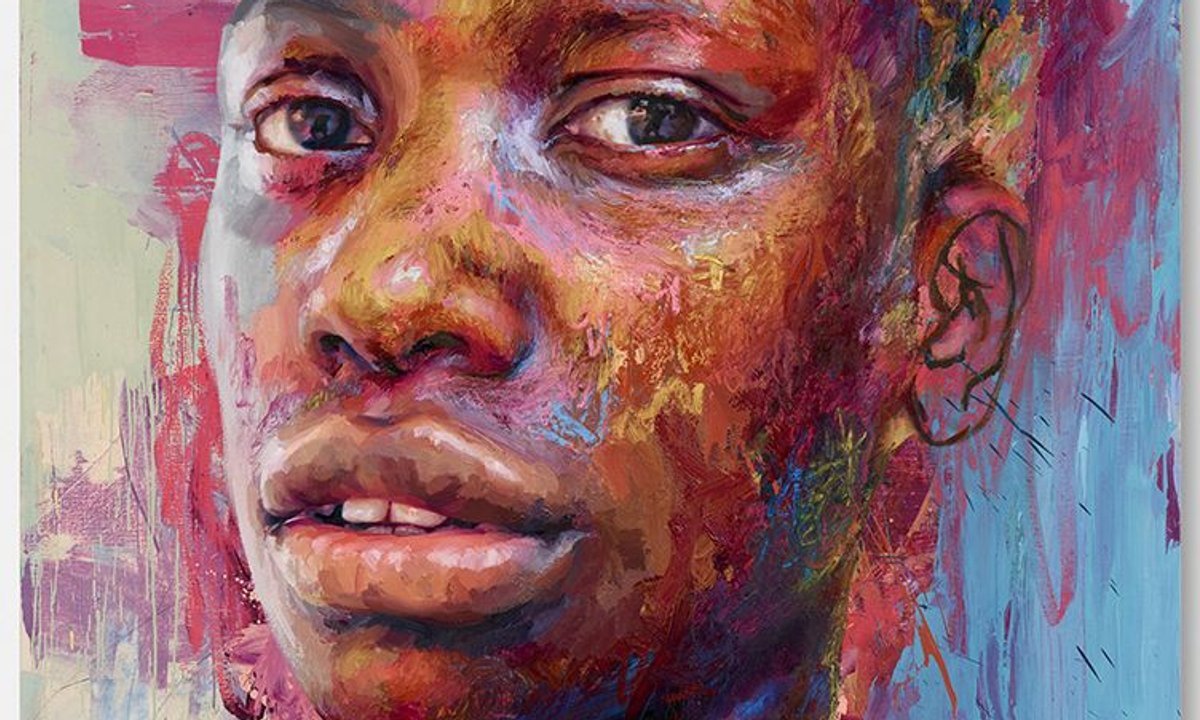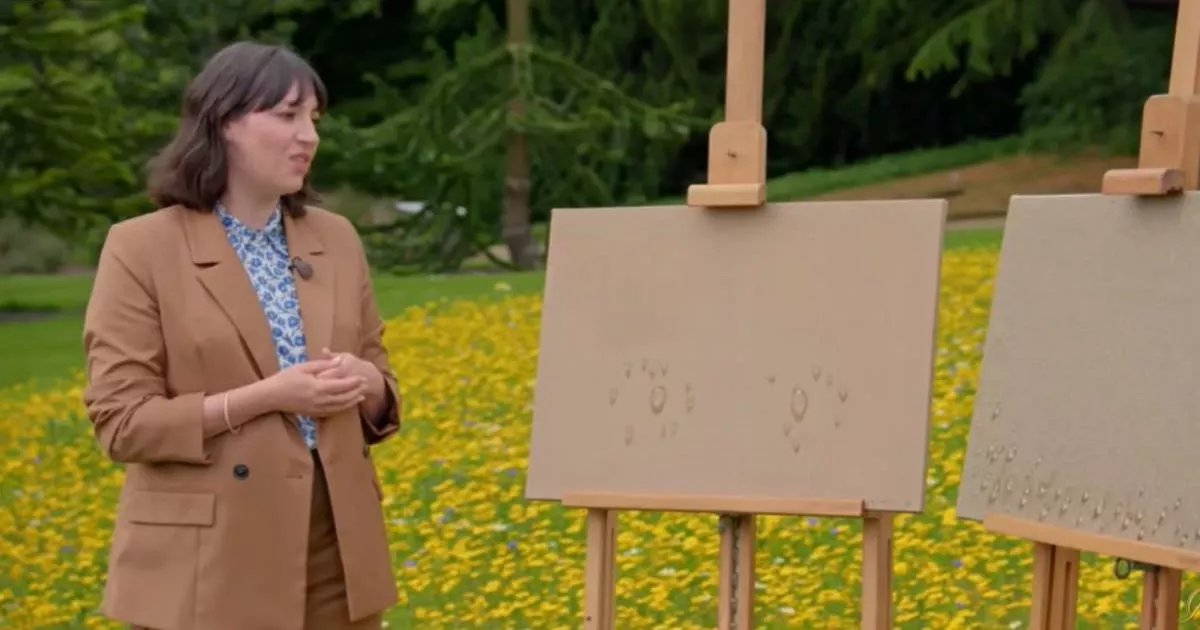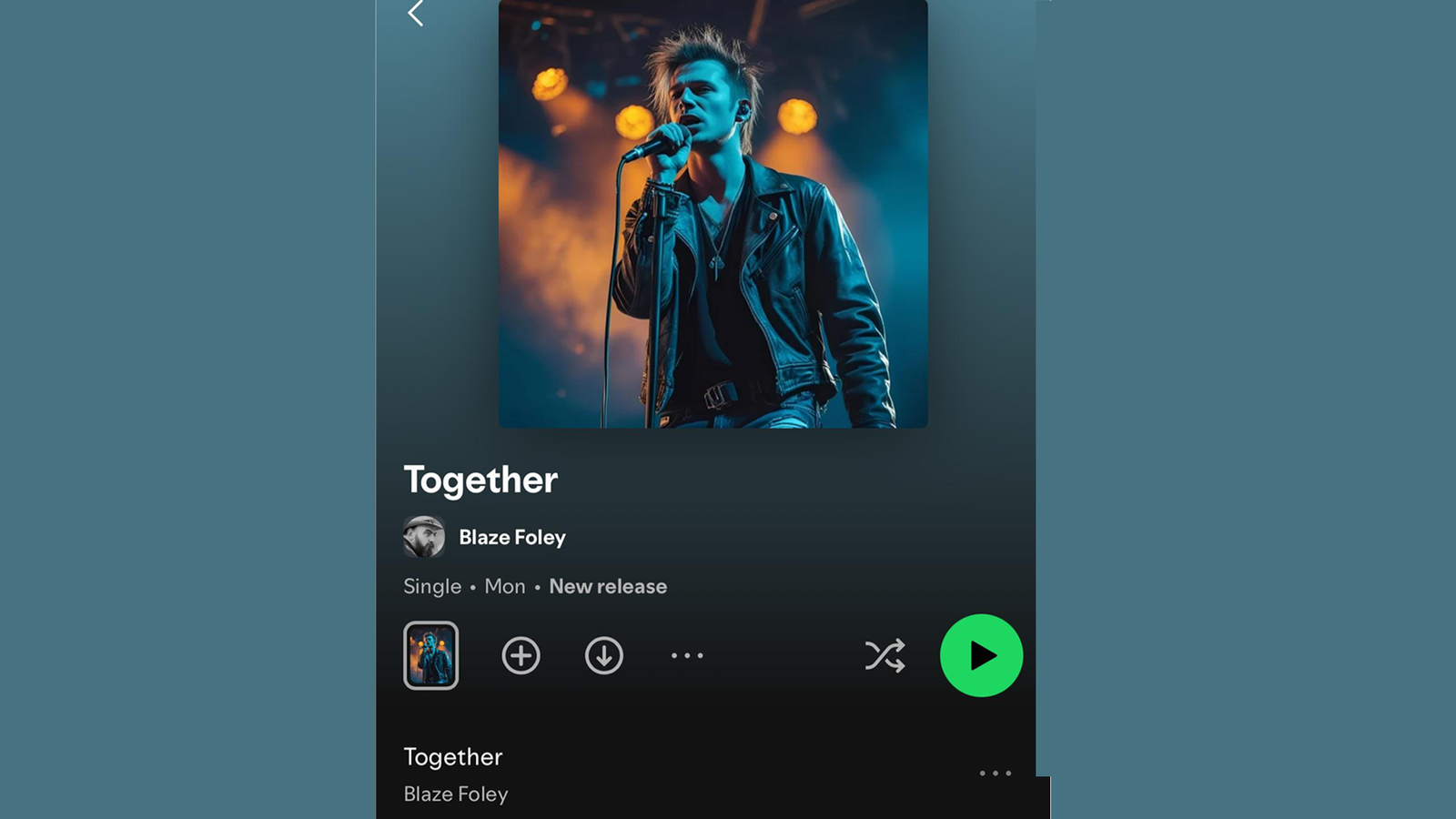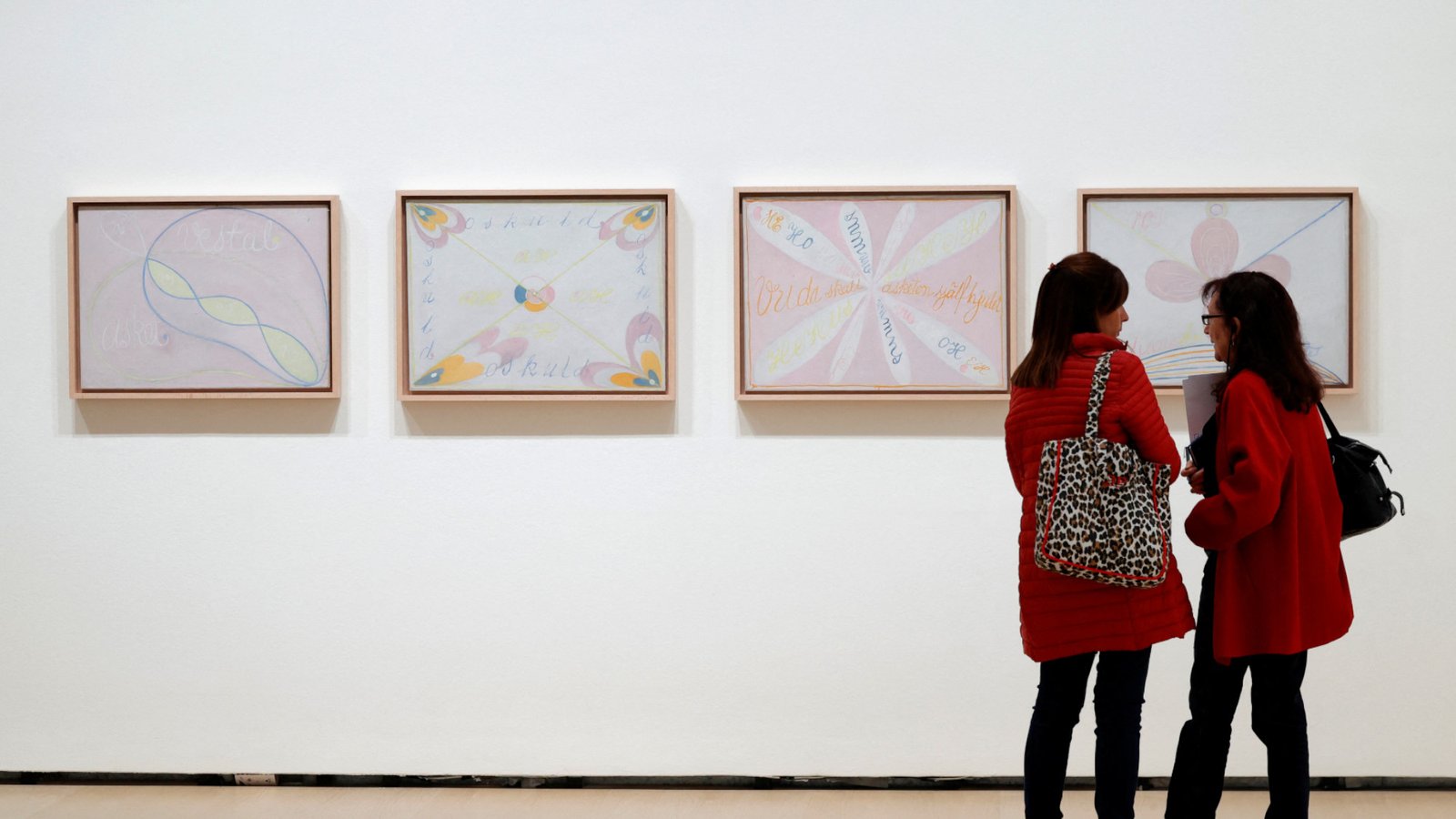Late bronzes attributed to the British-Mexican surrealist artist Leonora Carrington have sharply divided scholars, collectors, and her heirs into two camps of opinion regarding her final works.
Since the 1945 painting ‘Les Distractions de Dagobert’, sold at Sotheby’s for $28.5 million in 2023, Carrington’s fantastical, surrealist vision has placed her at the top end of the art market. However, Carrington’s reputation reaches beyond auction houses. Interest in her works increased after her death at 94 in 2011 when a spate of museum retrospectives worldwide started happening. In 2022, curator Cecilia Alemanni showcased her influential work in ‘Milk of Dreams’ at the Venice Biennale, a show based on Carrington’s dreamlike stories of the 1950s.
The recent release of her bronze sculptures onto the European art market reopened questions about authorship and legacy. The late bronzes, such as the bird-headed, plummed figure El Bailarín, 2011 (see top photo), which premiered at Art Basel and prominently displayed London’s Frieze Sculpture in October, stirred the interest of collectors and curators.
Nevertheless, the pieces have also raised controversy among scholars and relatives of Carrington, not least when it comes to questions regarding her involvement with their making. The late sculptures are primarily represented by the Consejo Leonora Carrington, established by her youngest son, Pablo Weisz Carrington. Representing the interests of her work in Europe, partly managed by Rossogranada, which holds exclusive rights, this selling agency managed by Valeria Diaz Granada sells the sculptures for prices ranging between € 85,000 and € 400,000. Accompanying each is an authenticity certificate signed by Pablo and digital certification through blockchain.
Diaz Granada says, “Our goal is to foster a deeper understanding of Carrington’s work, regardless of the exhibition type, by integrating robust programming such as publications, lectures and community events that expand on her artistic themes,” In addition to exhibitions, they underwrite research, publications, and artist residencies. Forthcoming exhibitions such as ‘Forbidden Territories: 100 Years of Surreal Landscapes ‘, an ambitious retrospective of surrealist landscapes over the past one hundred years, opening at the Hepworth Wakefield in West Yorkshire. The show will exhibit works like El Bailarín and La Inventora del Atole. However, Not all Carrington scholars are persuaded that these works should fall under her artistic mantle. Some have publicly doubted the authenticity of the Consejo’s bronzes, calling into question their date: many are dated between 2008 and 2011, during which Carrington was in her 90s and said to be afflicted with serious arthritis that made her intricate painting style difficult. During that time, her son Pablo urged her to work with local foundries in Mexico. Several foundries, one among them the one by Alejandro Velasco, produced as many as 82 bronze sculptures said to be by Carrington in those years. Leonora Carrington’s estate, headed by Gabriel Weisz Carrington, vehemently denies the authenticity of that workshop. He referred to the bronzes from these workshops as ‘vulgar heaps of bronze’ devoid of ‘elegance and balance’, works in his memoir ‘The Invisible Painting ‘. He has accused Pablo and his colleagues of peddling fakes, as reported in the Art Newspaper.
Conversely, Consejo argues that Carrington was an active collaborator in these later sculptures. She was photographed and videoed working with models at home and in the foundry. Pablo says that his mother did these pieces to continue supporting herself financially and defray the expenses of medical treatments that might have been necessary in the coming years. Some scholars do not find this story altogether convincing but point out certain ‘esthetic discrepancies’ between the bronzes of the late period and her earlier ones, especially for their lack of delicate and imaginative density, the signature of her painting. The discrepancies have led several people to question who created these pieces and what the true artistic intention was behind them.
Axel Stein, former head of Latin American art at Sotheby’s, is more cautionary. There’s a significant risk for the buyer. During his tenure, Sotheby’s steered clear of, for the most part, selling Carrington’s sculptures as so many of these works had limited provenance. San Francisco art dealer Wendi Norris, who worked copiously with Carrington, also has doubts about that, citing that she never saw any large-scale sculptures while visiting the artist’s home. Against that, biographer Joanna Moorhead recalls Carrington trying her hand at sculpture as early as 2006, describing her garage as a place filled with “works in progress.”
The question is further clouded by conflicting evidence and different points of view from people who knew Carrington’s life and practice. Marina Warner, who knew Carrington in the 1980s, feels that the later sculptures lack the delicacy and imaginative density that are present in her paintings. Dawn Ades, a specialist in Latin American surrealism, has referred to Carrington as “fundamentally a painter of great subtlety,” adding that her main legacy is in her writings and paintings rather than her sculptures. This anonymous curator likens the Consejo bronzes to “museum merchandise,” “arguing they lack the depth of Carrington’s earlier.
Yet the proponents of the Consejo sculptures insist that these bronzes have some valid origins in creative practice. For the critics, they would only have cause to discard them as forgeries because they did not have concrete evidence to prove it.” Durazzo considered that for an artistic career spanning seven decades, the works of Carrington were not confined to painting but had often delved into other mediums, such as sculpture, even as early as the 1930s when she was in France with Max Ernst. Alyce Mahon, professor of Modern and contemporary art history, reiterates this fact; “Aside from painting, she did other creative works, specifically in her public sculptures in Mexico City”.
These conflicting views make no consensus on the actual status of Carrington’s late bronzes, which is challenging. In Mexico, she is celebrated for her paintings and public art, such as the monumental sculpture How Doth the Little Crocodile from 2000, donated to Mexico City. However, the number of bronzes produced between 2008 and 2011, the discrepancies in aesthetic quality, and the collaborative role with foundries keep tensions high.
French law defines an authentic bronze sculpture as a limited edition; lifetime casts are usually considered the most valuable. However, in works such as Carrington’s, where more than one version exists, the matter of “authenticity” is even more complex. Patrick Elliott, a specialist in 20th-century sculpture, points out that posthumous editions can still be considered authentic for legal purposes, although edition numbers and production timing should be disclosed.
If you look at the process of bronze works by other artists, including Carrington’s partner Max Ernst, you will see that they create a maquette and upscale it. Joan Miro, Salvador Dali, Botero, and Niki de Saint Phalle also used this process. The question remains: How much input did the artist have in creating the maquette and finished sculpture? The bottom line is that there is photographic and video documentation connecting Leonora Carrington to the sculpture-making process. They are clearly her creations.
Photo: Leonora Carrington The Dancer 2011 Photo: P C Robinson © Artlyst 2024






